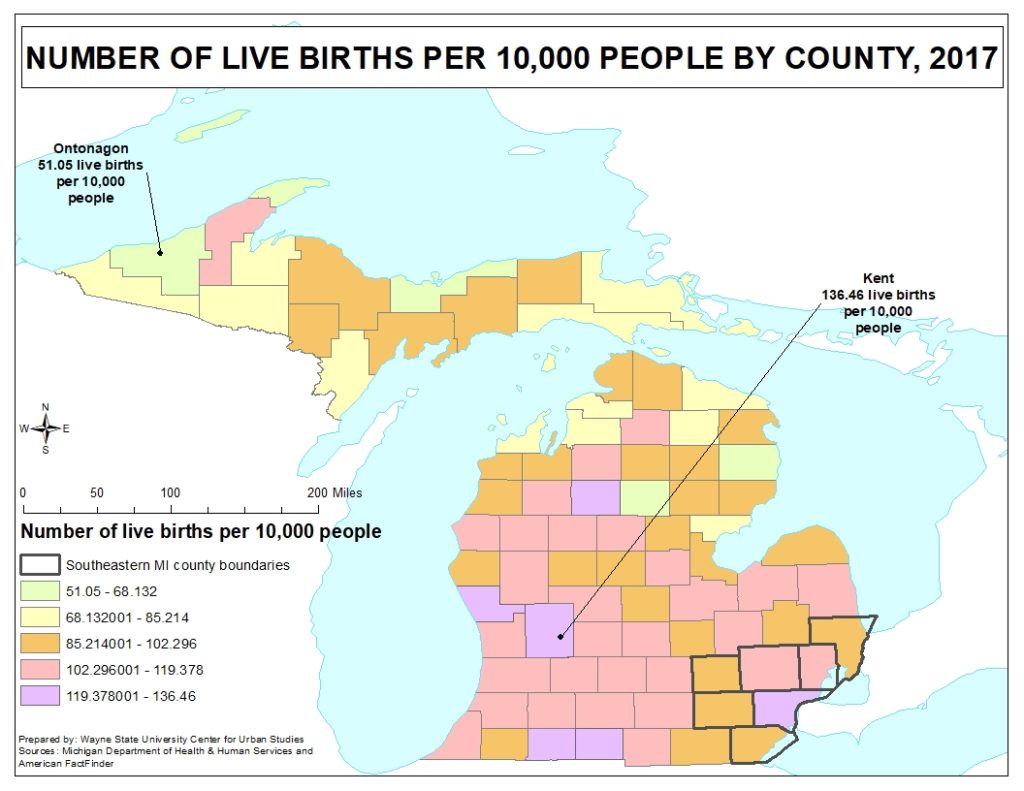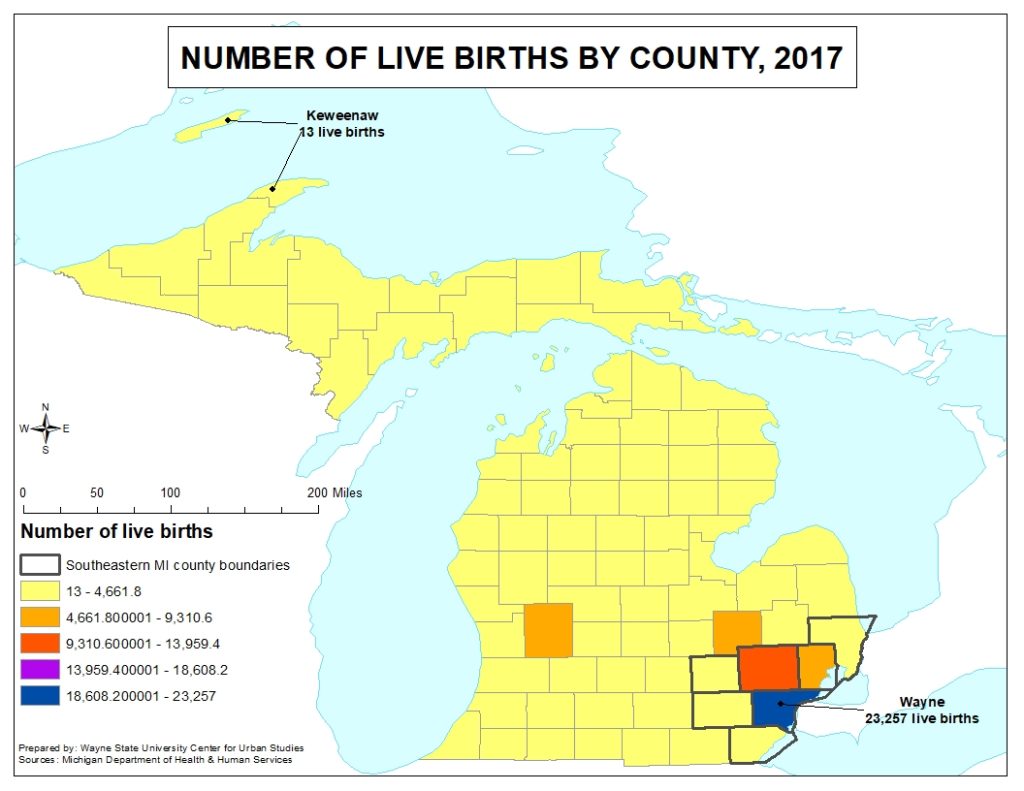Water levels in the Great Lakes continue to rise as the rain continues to fall. According to U.S. Army Corps of Engineers, each of the Great Lakes had higher average water levels in the month of May in 2019 than the prior years. Each lake had water levels that were almost a foot higher than the previous year. Additionally, as of June 21, 2019 water levels throughout the Great Lakes continued to reach above average levels, increasing well beyond the May 2018 and May 2019 averages. Between May 2019 and June 21, 2019 water levels in Lake Superior have increased an additional 3 inches, which is the lowest increase of the five water basins the U.S. Army Corps of Engineers tracks as part of the Great Lakes. Lake Ontario experienced the highest increase between the May 2019 average and the recorded water levels on June 21, 2019; the increase in that time frame was 8 inches. Lake Michigan-Huron has had the second highest increase in the last few weeks at 7 inches.
The charts below further show that as of May, Lake Ontario experienced the highest average increase between May of 2018 and 2019 at about a foot and a half. Lake St. Clair’s average increased the least, but was still up 8.4 inches from the 2018 May average.
Such water levels are a result of above average rainfalls for 2019 and below average evaporation rates. For some perspective, as of June 1, 2019 there had been 1.57 inches of rain during the month, compared to 0.57 inches by the same time in 2018. Additionally, the average temperature for the month of June this year is about 68 degrees when last year the average temperature for June was about 72 degrees.





Weather models predict that cooler temperatures and increased amounts of precipitation will become more of the norm for Michigan, as a result of climate change. Such a long-term shift in the state’s climate not only affects water levels in the Great Lakes, but also farming throughout Michigan. This is a topic we will further explore in an upcoming post.




